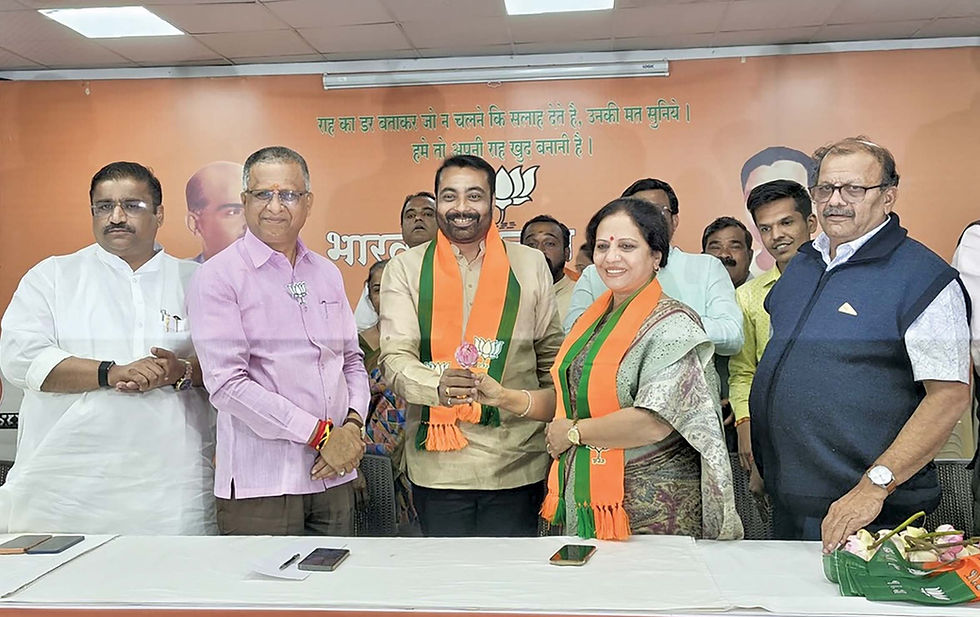BMC auctioning three land parcels to raise funds, says Aaditya
- Correspondent
- Oct 18, 2024
- 2 min read
Updated: Oct 22, 2024

Mumbai: Shiv Sena (UBT) leader Aaditya Thackeray on Thursday alleged Mumbai’s civic body had decided to auction three land parcels to raise funds and make up for the “loot” of the metropolis by the Eknath Shinde government.
The Brihanmumbai Municipal Corporation, which is being run by an administrator now, has decided to auction the Chhatrapati Shivaji Maharaj Mandi (Market), the Brihanmumbai Electric Supply and Transport (BEST) Malabar Hill Receiving Station and the Worli Asphalt Plant, Thackeray pointed out.
“The sale of Mumbai is being done by the Eknath Shinde regime to benefit its favourite builders and contractors,” he alleged.
A criminal investigation will be conducted into the matter after the Maha Vikas Aghadi government comes to power, Thackeray added.
“So on one end, they looted the BMC and Mumbai and gave the money to their favourite contractors. Now, by auctioning these iconic and important land parcels, the BMC will be left without both funds and plots,” the Shiv Sena (UBT) leader and former state minister claimed.
When Shiv Sena started controlling the BMC in 1997, its finances were in deficit but by 2022 his party turned around the fiscal health of the civic body, Thackeray said.
Alleging that the Shinde government wants to drive Kolis and fisherfolk out of Mumbai, he said, “We will oppose this. It has to remain and be made into a fish market, and (should be) in the ownership of the BMC.”

Aaditya puppet for urban naxals: Shelar
Bharatiya Janata Party ( BJP ) Mumbai chief Ashish Shelar has called Uddhav Thackeray’s son and Shiv Sena (UBT) leader Aaditya Thackeray as a puppet for urban naxals after former’s comments on the Dharavi Redevelopment project and has also challenged him for a debate.
Ashish Shelar said that the project is a necessity and a priority project, adding that Uddhav Thackeray-led Shiv Sena and Congressleader Varsha Gaikwad are peddling lies.
Aaditya Thackeray seems to have become the spokesperson of urban Naxals. Without studying the subject (Dharavi) in detail, Aaditya Thackeray is speaking like an ignorant. I have seen that these people have been trying to set a narrative regarding Dharavi and the re-development work,” Ashish Shelar said.
He challenged Aaditya Thackeray and Varsha Gaikwad in a debate on the Dharavi Redevelopment Project.
“Uddhav ji and the people of his party – Aaditya Thackeray and Varsha Gaikwad have started this false narrative regarding Dharavi. I openly challenge Aaditya for a debate. I want to ask him that 70 per cent of the homes in the Dharavi Redevelopment Project will go to Marathi people, Muslims and Dalits. It is their rightful home, so why are they putting roadblocks by creating a false narrative?”





Comments